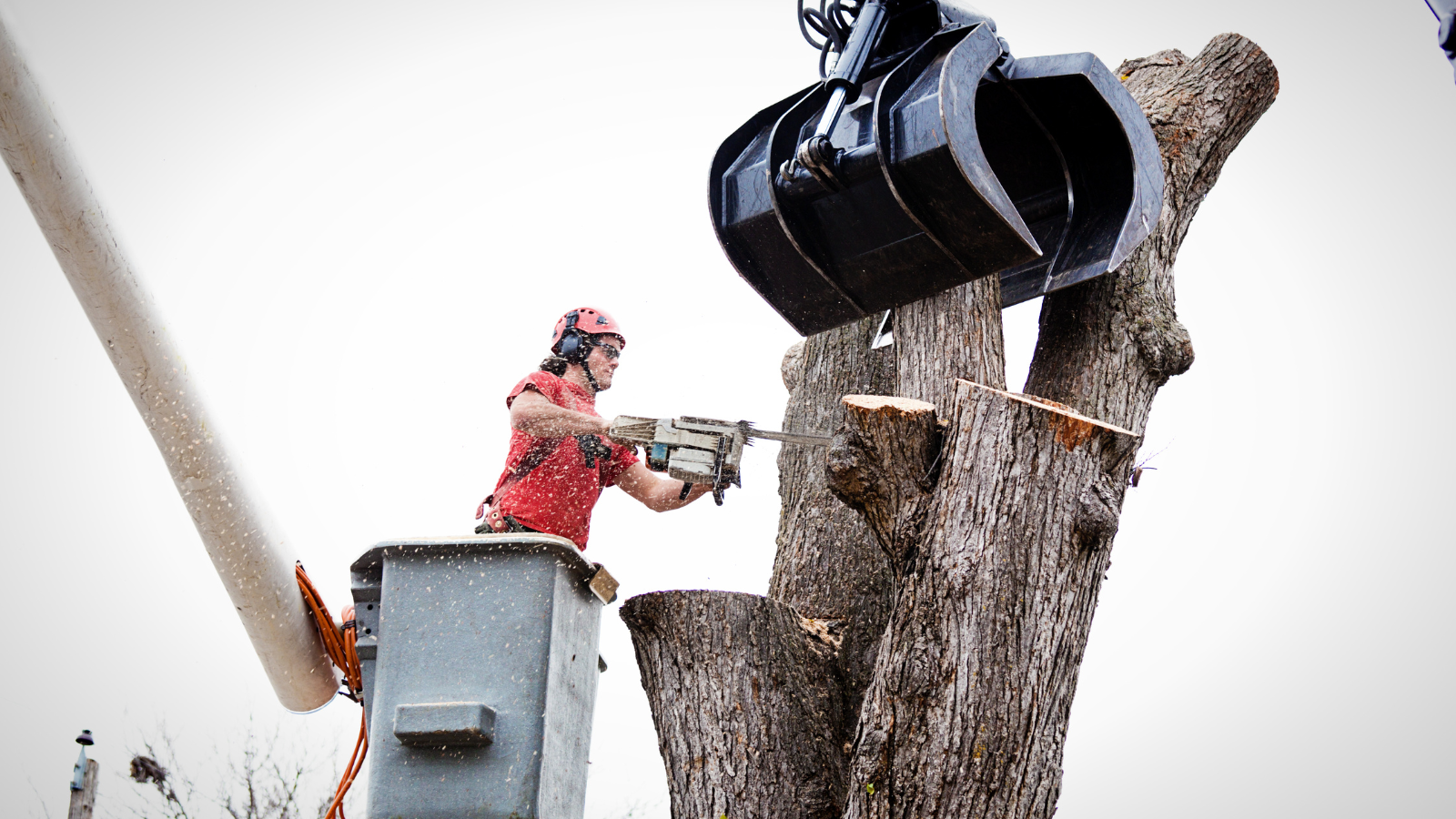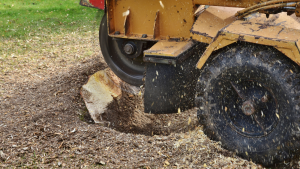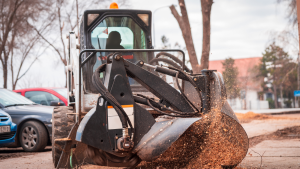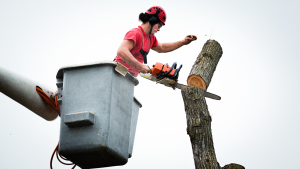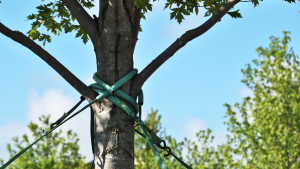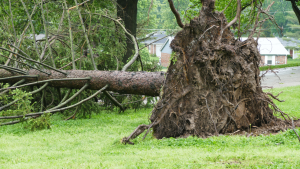When it comes to maintaining the safety and aesthetics of your property, few things are as crucial as proper tree care. However, emergencies can arise, and knowing how to handle these situations is essential. In this comprehensive guide, we’ll cover everything you need to know about emergency tree removal, including how to properly remove a tree, identifying signs of an emergency tree situation, common reasons for tree removal, ensuring safety, maintaining tree health, and frequently asked questions.
Joliet Tree Service delivers an extensive array of tree services in Joliet, Illinois, and its environs. Our skilled tree specialists are prepared to meet your requirements. We offer emergency service 24/7 for your convenience.
How Do You Properly Remove a Tree?
Proper tree removal involves carefully planned steps to ensure safety and efficiency. Here’s a quick overview:
- Assessment: Inspect the tree and surrounding area to understand the scope of the removal.
- Preparation: Clear the area of any obstacles and inform nearby residents about the impending work.
- Cutting: Using the right equipment, make strategic cuts to bring down the tree safely.
- Disposal: Once the tree is down, cut it into manageable pieces for removal.
These steps must be performed swiftly for an emergency tree removal and often require professional assistance to handle the complexity and urgency.
The Ultimate Emergency Tree Removal Guide
Identifying Signs of an Emergency Tree Situation
Understanding the warning signals of a distressed tree is essential for timely intervention. Here are some indicators:
- Leaning Trees: A sudden tilt indicates root damage or instability.
- Cracked or Split Trunks: Significant structural damage can lead to sudden falls.
- Dead Branches: Large dead limbs can break off unexpectedly.
- Root Damage: Exposed or damaged roots compromise the tree’s stability.
- Fungal Growth: Indicates internal rot and structural weakness.
Common Reasons for Tree Removal
Several factors can necessitate emergency tree removal, including:
- Storm Damage: High winds, lightning, and heavy snow can severely damage trees.
- Disease and Infestation: Pests and diseases can weaken trees beyond repair.
- Structural Interference: Trees growing too close to power lines, buildings, or other structures.
- Aging: Old trees may become hazardous due to internal decay.
Ensuring Safety During Tree Removal
Safety is paramount in any tree removal operation, especially during emergencies. Here are key safety measures:
- Hire Professionals: Certified arborists have the skills and equipment needed for safe removal.
- Use Protective Gear: Helmets, gloves, and eye protection are essential.
- Clear the Area: Ensure that people and pets are kept at a safe distance.
- Proper Equipment: Use well-maintained, appropriate tools for the job.
Maintaining Tree Health and Preventing Emergencies
Preventive care is the best strategy to avoid emergency tree situations. Here’s how you can maintain tree health:
- Regular Inspections: Periodically check trees for signs of disease or structural issues.
- Proper Pruning: Remove weak or dead branches to promote healthy growth.
- Adequate Watering and Fertilization: Ensure trees receive necessary nutrients.
- Pest Control: Address infestations promptly to prevent widespread damage.
Additional Emergency Tree Removal FAQs
Q: Can I remove a tree myself?
A: While minor tasks like small branch removal might be manageable, complete tree removal, especially in emergencies, should be handled by professionals due to the risks involved.
Q: How much does emergency tree removal cost?
A: Costs vary depending on the tree’s size, location, and complexity of the removal. Emergency services may carry higher fees due to the urgency.
Q: What should I do if a tree falls on my property?
A: Ensure everyone’s safety first, then contact emergency tree removal services to handle the situation.
Q: Will my homeowner’s insurance cover emergency tree removal?
A: Insurance policies vary; check with your provider to understand your coverage.
Conclusion
Tree removal emergency services are crucial since they guarantee your property’s integrity and protection. You can handle these situations effectively by understanding the signs of a tree emergency, knowing the common reasons for removal, and adhering to safety measures. Regular tree maintenance is key to preventing emergencies, but when they do occur, professional assistance is invaluable. Keep this guide handy to navigate any tree-related crises with confidence and care.
For professional emergency tree removal services, don’t hesitate to contact certified arborists who can address your needs promptly and safely. Your property’s safety and beauty are worth the investment.
